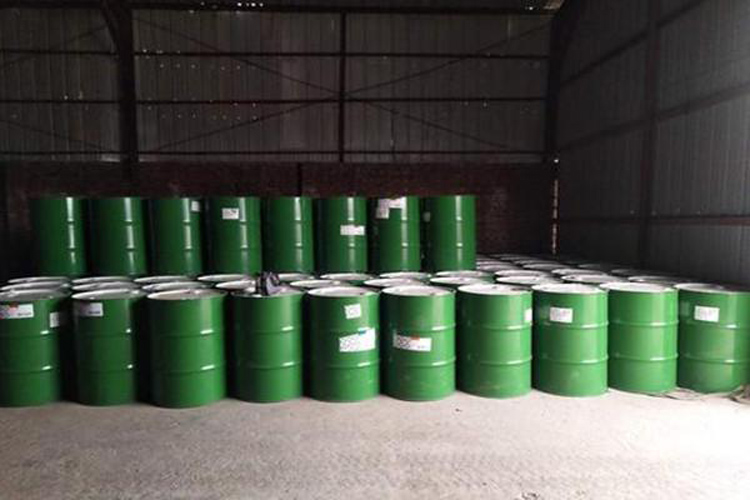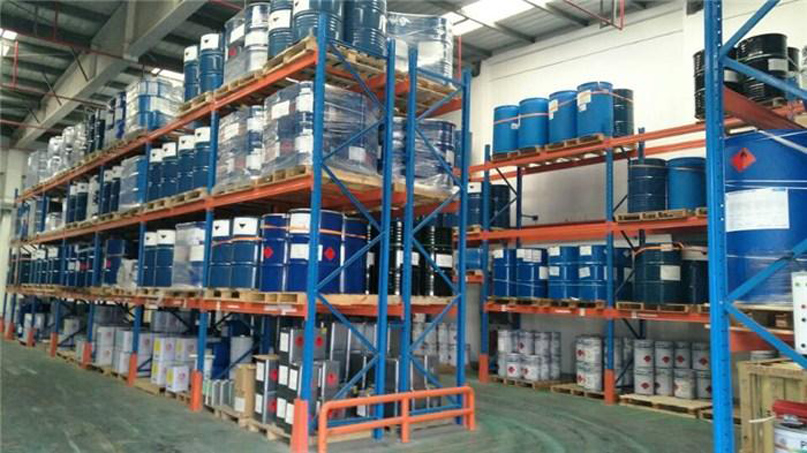Do catalysts really not participate in chemical reactions?
Then why can we change the reaction rate?
Do catalysts really not participate in chemical reactions? Then why can we change the reaction rate? IUPAC defines catalyst as a substance that changes the reaction rate but does not change the total standard Gibbs free energy of the reaction. This action is called catalysis, and the reaction involving catalyst is called catalytic reaction.
PU soft foam amine catalyst, low density foam foam catalyst, delayed amine catalyst, hard foam catalyst
The catalyst itself may not have to be added, and the quality of the catalyst may not change (some will become more and some will become less).
For example, when permanganate oxidizes oxalic acid, the product of bivalent manganese is the catalyst (and more and more, so is trivalent manganese and tetravalent manganese)
PU soft foam amine catalyst, low density foam foam catalyst, delayed amine catalyst, hard foam catalyst
(Of course, this reaction is very slow without adding divalent manganese at the beginning. After all, it is not easy to conduct oxidation and reduction between two anions. Of course, it can still react after stirring for half an hour and one hour with fast hand speed)

Of course, the quality of catalyst is reduced after reaction
PU soft foam amine catalyst, low density foam foam catalyst, delayed amine catalyst, hard foam catalyst
The consumption of sodium is small, so it is still used as a catalyst.

ZF-10: high-efficiency low-odor foaming catalyst, typically used to prepare low-odor polyurethane foam products
ZR-50: Low odor gel catalyst, providing excellent balance, which can be used for polyurethane molding high resilience foam
Z-131: Reactive low odor gel amine catalyst compound
Z-130: Low odor gel catalyst, balanced gel/foaming
ZR-70: low odor catalyst, used for packaging foam and molding foam on vinyl skin, with good balance between foam and gel
ZR-40 (pentamethyldipropylenediamine): It is especially effective for cold molding high resilience foam, and the catalyst with low odor gel and good foaming balance
LE-310: Low odor reactive gel catalyst applied to large sponge, new low VOC amine gel catalyst, amine content more than 95%
LE-530: reactive gel catalyst, used for various polyurethane foaming products
DPA: low odor gel catalyst, outstanding balance and versatility provide good liquidity
TAP 1-methyl-4 – (2-dimethylaminoethyl) piperazine: excellent trimerization catalyst, which can improve the fluidity
DMDEE (2,2 ‘- dimethylmorpholine diethyl ether): strong foaming catalyst, providing stable prepolymer system
DMAEE: low-density full water hard foam and low-density semi hard foam
BDMAEE bis – (2-dimethylaminoethyl) ether: high efficiency foaming catalyst
BDMA (N, N-dimethylbenzylamine): polyurethane rigid foam catalyst, epoxy accelerator
DMEA (N, N ‘- dimethylethanolamine): neutralize acid in some rigid foam systems,
PMDETA (pentamethyldiethylenetriamine): It is particularly effective for HCFC/water foamed hard foam, similar to PC5

